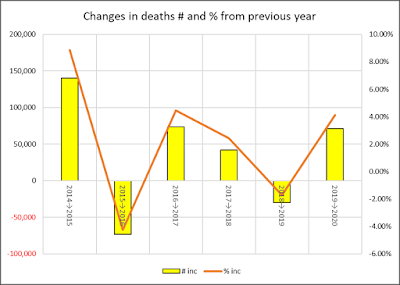Review of "Andrew Ng: Forget about building an AI-first business. Start with a mission.
An AI pioneer reflects on how companies can use machine learning to transform their operations and solve critical problems."
His advice is distilled down to:
Use an Agile approach - start small and fast and learn and adapt along the way. Do not wait until the data is clean before you start.
"It is often starting to do an AI project with the data you already have that enables an AI team to give you the feedback to help prioritize what additional data to collect."
it’s more important to start quickly, and it’s okay to start small.
Good data vs Big Data. Where industries do not have the scale of operations adopt the mindset of good data instead of big data.
In the good data paradigm it is critical to have consistency in labelling the data. The data should be leanly labelled and curated.
This is opposed to the big data paradigm where the large datasets allow for better averaging and regression to the mean.
GitHub is good enough.
For a lot of AI projects, the open-source model you download off GitHub—the neural network that you can get from literature—is good enough. Not for all problems, but the main problems.
Let’s not mess with the code anymore. The only thing you’re going to do now is build processes to improve the quality of the data.”























